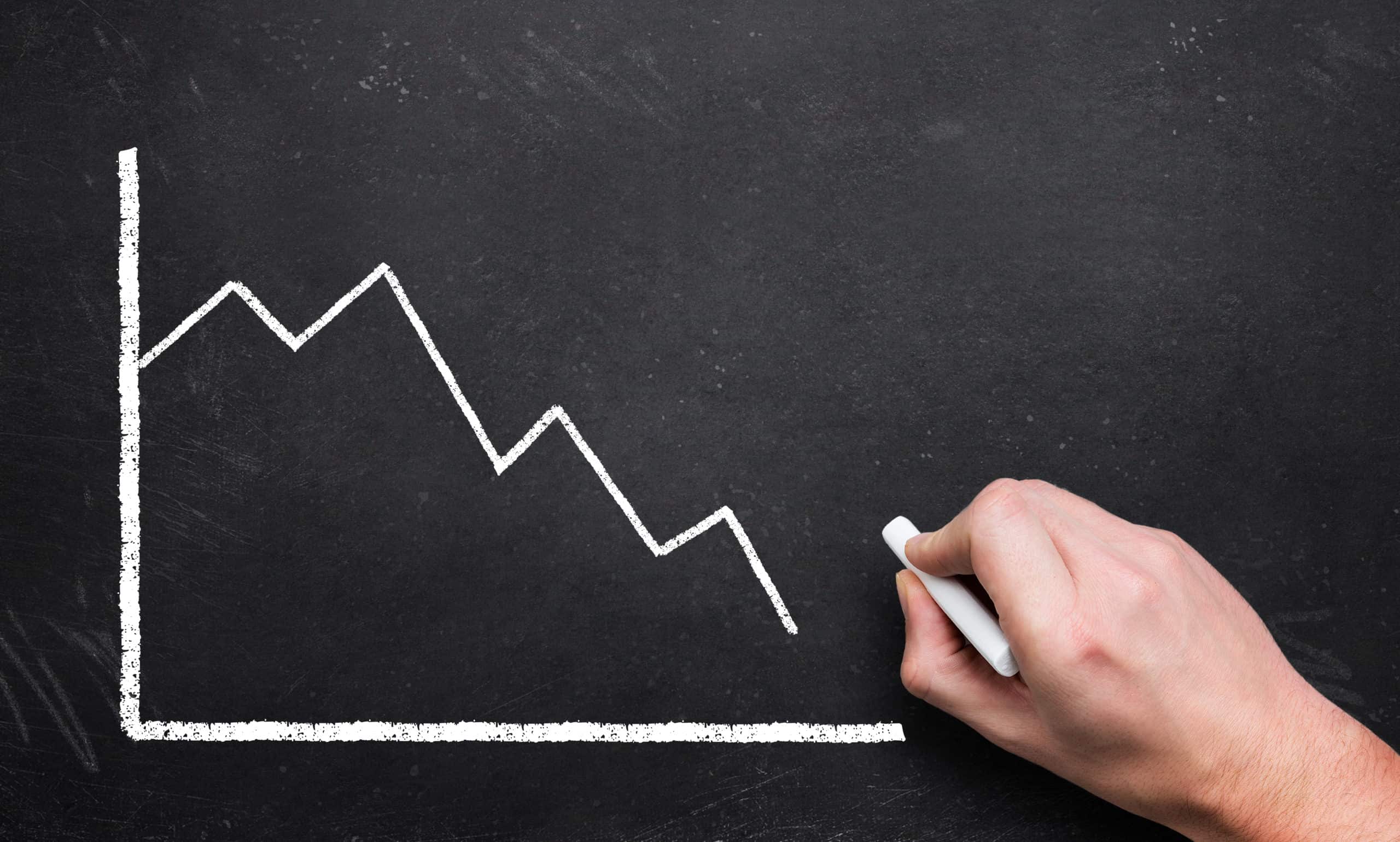
The report also detailed that pipeline cases dropped by 11.6% throughout December.
According to LMS, instruction volumes were up 7.7% in the last month of 2020 and the overall cancellation rate reduced by 0.7%.
Furthermore, half of borrowers increased their loan size in December.
The average monthly payment decrease for those who remortgaged in December was £236.
In addition, 55% of those who remortgaged took out a 5-year fixed rate product, making it the most popular product.
The most popular primary aim at 29%, when remortgaging, was to lower monthly payments.
Looking at the data on a regional basis, the average remortgage loan amount in London and the South East was £259,863, while the average for the rest of the country was 46% lower at £140,665.
The longest previous mortgage length was found in the West Midlands at 66.40 months.
Meanwhile, the shortest was in the East Midlands at 58.30 months, 12% lower.
Nick Chadbourne, chief executive of LMS, said: “December’s data shows that instruction volumes are increasing again, following a fall in November which was largely fuelled by more borrowers opting for product transfers (PTs).
“ It is promising to see this uplift, but high levels of PTs paired with record numbers of purchase transactions continue to impact overall volumes resulting in a lower number than what we would expect to see in December.
“We anticipate a reversal of 2020 trends in the second half of 2021, with remortgages taking the lead as the purchase market slows.
“There are signs that lenders are planning for this switch, reintroducing 90% loan-to-value (LTV) products and increasingly competitive remortgage products.
“Some savvy borrowers are already cashing in here, with our data showing borrowers who are shopping around for the best deals are decreasing their monthly payments by an average of £236 a month.
“Alongside this, our consumer satisfaction survey revealed 41% of borrowers expect an interest rise within the next year.
“This is the highest percentage of borrowers to expect an increase in interest rates since August.
“It is likely this expectation signals of a lack of consumer confidence in the future economy rather than a genuine concern that the Bank of England will increase lending rates, given the recent predictions of a negative rate on the horizon.
“Nonetheless, these concerns are affecting purchasing decisions.
“Lack of consumer confidence is motivating borrowers to secure a good deal while they can, and they are locking in the low rates for longer terms.”



